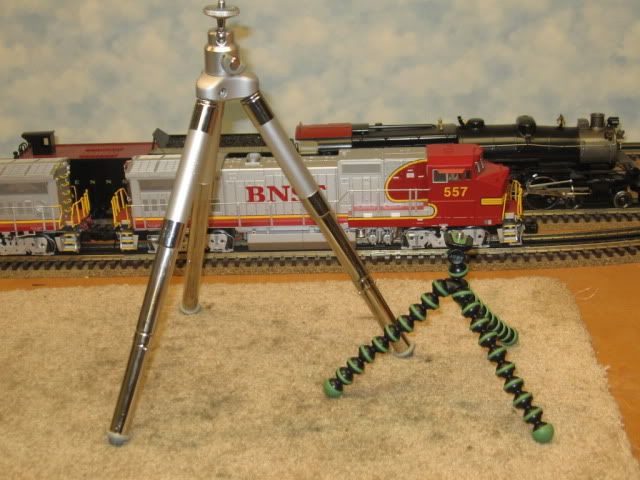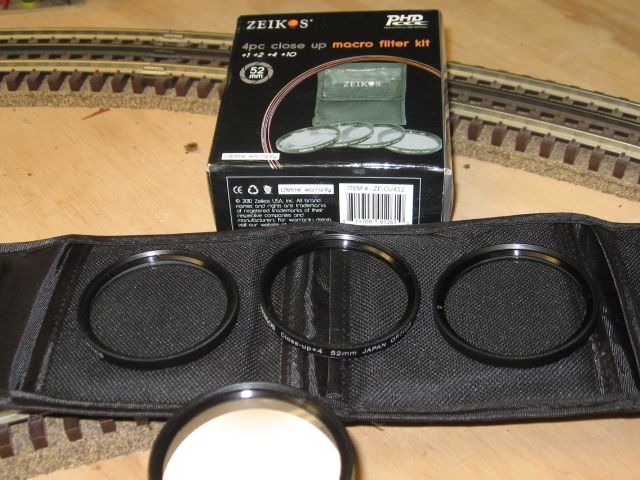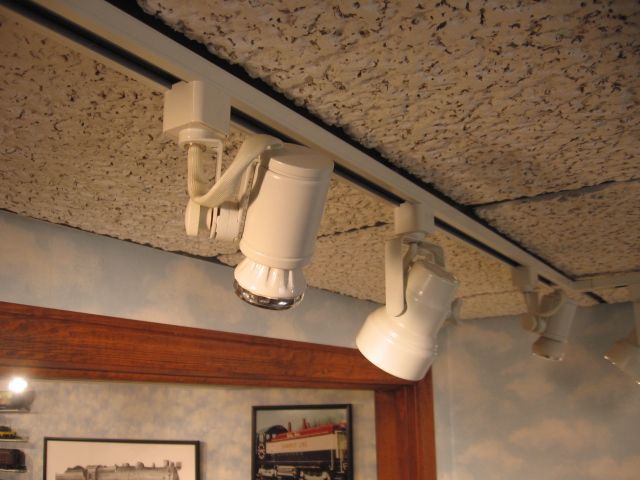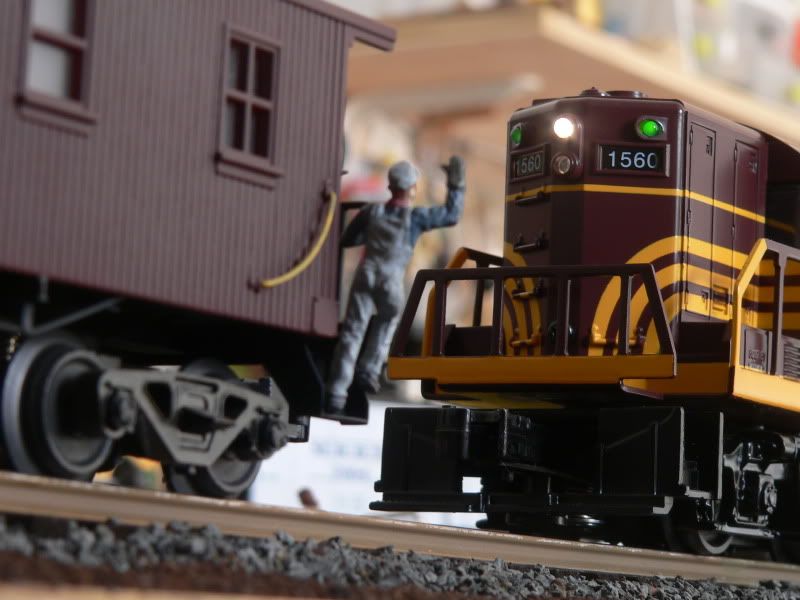Auto settings are great for most picture taking and produce great results as Mike's excellent photo shows.
But, there is a big difference between layout photography and "normal" everyday picture taking. The auto functions of cameras are designed primarily for these "normal" situations.
To make a layout photo believable, you have to increase the depth of field to keep more of the photo in focus. This is done by decreasing the lens aperture or "stopping down" the lens by shooting at large f/ numbers.
This can only be done by manually controlling the camera, shooting at what is called "aperture priority". A camera should have this mode if you want to do layout photography with it.
Since stopping down the lens means less light is being received, exposure times will increase making the tripod and delayed shutter release necessary.
Even some professionals have trouble with this. If you have ever seen "layout photos" taken by a news photographer covering a model railroad event, depth of field is sometimes terrible in these newspaper photos.
Depth of field is normally not a problem for large objects at a distance from the camera as in everyday photography. But, taking photos of small objects at a greatly decreased distance from the camera as in layout photography makes keeping everything in focus much more difficult.
Photo at "normal" wide aperture as set by auto. The first loco is in sharp focus, but the worker in front and the other locos are not.

Aperture priority mode set at highest f/ number. The increased depth of field keeps much more of the scene in focus :

Click these photos for a larger view and better idea of how increased depth of field can help your layout photography.
Jim
(By the way, I shoot in RAW also and only create a JPG when I have adjusted white balance, contrast, etc., etc.)





















